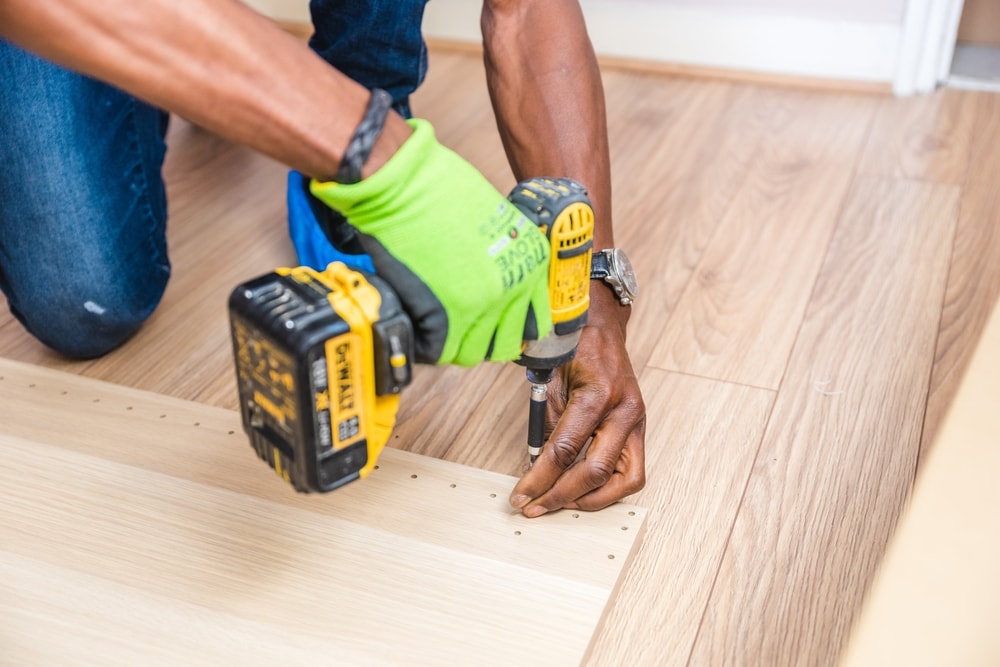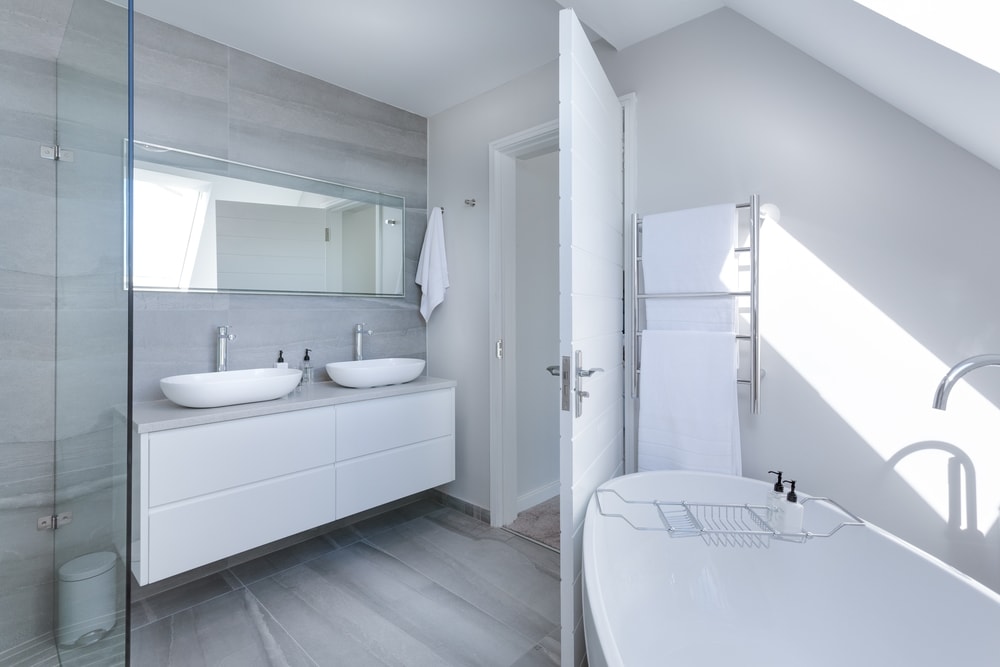Women, their mind and body and the men who love them
I’ve been spending a lot of time at the beach lately. Of course I can do this quite a bit in the summer. I live in one of the most beautiful cities in the world. Kelowna, BC and this city is full of beautiful bodies – men and women alike.
All that aside, for the last 10+ years, I’ve been observing all the different shapes and sizes we women come in and I’ve come up with this. It doesn’t matter what age or nationality or how much money you make or how much time you spend at the gym, your hair length or colour, or stature. It all boils down to this one thing. We don’t love and accept ourselves for who we are. Accept it or not … deep down we know it’s true and that’s a fact!
How do I know this? Well first, personal experience. I’m a woman and I fall into at least one of the categories below, and secondly, I’ve talked to so many women and their men over the years. We are our own worst critics.

In our 20’s
Now these are some fabulous years, n’est-ce pas? It’s about hanging out with the girls and the guys. It’s about school and a little work and a lot of play. It’s about having fun and dancing at the clubs with our hands in the air screaming, wooo hooo, we love everyone, we kiss our girlfriends and our guy friends and say and do things we never would do without…. Liquid Courage, LOL. We feel pretty darn hot but aren’t we still always looking over our shoulders to see what ‘she’s’ wearing, or if ‘she’ has nicer hair or is wearing nicer clothes or has bigger boobs, looks better in those jeans, has whiter teeth, am I skinnier than her? And, last but not least, do I look better than her?
In our 30’s
If we were successful in finding ‘the one’ in our twenties, we’re already married with at least one or two babe’s. Life is good, good, good.
We fulfilled our childhood dreams of the fantasy wedding and no one sings it better than Shania Twain. “ Am I dreamin or stupid, I think I’ve been hit by cupid, but no one needs to know right now. I want bells to ring, a choir to sing, the white dress, the guests, the cake, the car the whole darn thing, but no one needs to know right now. We’ll have a little girl, a little boy, a little benji we call Leroy, but no one needs to know right now.”
If we chose to follow a different path in our twenties we might just be starting to feel our biological time clocks ticking.
So here we are, 30 something, great career or family, maybe we have a little mommy tummy – we deserve that, right? After all we did carry those beautiful babes for 9 months, and we did nurse them probably just about as long. Standing in front of that mirror, all by ourselves, we convince ourselves and tell ourselves, hey! I look good for my age and what I’ve accomplished. You know what? You do! But aren’t we always looking over our shoulders to see what ‘she’s’ wearing. Does ‘she’ have firmer boobs? does ‘she’ have a mommy tummy? Is ‘she’ prettier, or sexier? Is my husband looking at her? And, last but not least, do I look better than her?
In our 40’s
We’ve either never been married and have no children because we chose to pursue travel and/or career over husband and children or any variation thereof, or we’ve been married for 15 – 20 + years. Our children are older now and we’ve got a bit time on our hands now. We don’t have our girlish figures that we had in our 20’s and 30’s. Things are falling south, right?
You fall into one of these generations and regardless of what you have done, are doing, or want to do, you are not the exception, you are the rule and the rule is that you are 40 something. Maybe you’re divorced looking for a new Mr. Right? Or still with your Mr. Right, or still looking for ‘the right’ one. It doesn’t matter. Aren’t we still always looking over our shoulders to see what ‘she’s’ wearing. Does ‘she’ have fake boobs? maybe a tummy tuck? Is ‘she’ prettier, or sexier? Are the men checking her out? And, last but not least, do I look better than her?
I won’t go into our 50’s because I’m not 50 yet but I’m inclined to think, based on conversations, that by the time we women are 50 and beyond, we don’t care about the same things we did in our 20’s, 30’s and 40’s’. We are not so concerned about what ‘she’ looks like anymore because it doesn’t matter.
Along the way, we are who we are, we look the way we look, we feel the way we feel, we love the way we love and guess what? The whole time you were looking over your shoulder asking yourself if you look better than she does, she was also looking over her shoulder wondering if she looked better than you. If this is the case in your life then we suggest speak with Chicago life coach and maybe they can help you balance your mind and body.
And here’s the last thing. Take a look around! It doesn’t matter if you’re tall or short, skinny or chubby, have long hair or short hair, blond, burnette, or red headed, have a mommy tummy or a flat tummy, big or small boobs, big or small bum.. The men… you know what they love? … They love women! In all their beautiful shapes and sizes.
So go out there, love yourself. Don’t wonder if you look better than she does because she’s wondering the same thing about you too!







